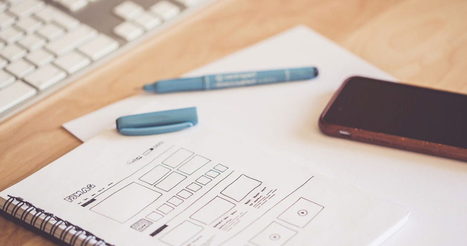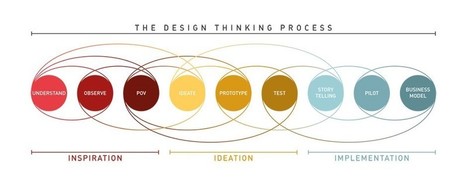If you have just started embarking your journey through the Design Thinking process, things might seem a little overwhelming. This is why we have prepared a useful overview of the Design Thinking process, as well as some of the popular Design Thinking frameworks commonly used by global design firms and national design agencies.
To begin, let’s have a quick overview of the fundamental principles behind Design Thinking:
Design Thinking starts with empathy, a deep human focus, in order to gain insights which may reveal new and unexplored ways of seeing, and courses of action to follow in bringing about preferred situations for business and society.
It involves reframing the perceived problem or challenge at hand, and gaining perspectives, which allow a more holistic look at the path towards these preferred situations.
It encourages collaborative, multi-disciplinary teamwork to leverage the skills, personalities and thinking styles of many in order to solve multifaceted problems.
It initially employs divergent styles of thinking to explore as many possibilities, deferring judgment and creating an open ideations space to allow for the maximum number of ideas and points of view to surface.
It later employs convergent styles of thinking to isolate potential solution streams, combining and refining insights and more mature ideas, which pave a path forward.
It engages in early exploration of selected ideas, rapidly modelling potential solutions to encourage learning while doing, and allow for gaining additional insight into the viability of solutions before too much time or money has been spent
Tests the prototypes which survive the processes further to remove any potential issues.
Iterates through the various stages, revisiting empathetic frames of mind and then redefining the challenge as new knowledge and insight is gained along the way.
It starts off chaotic and cloudy steamrolling towards points of clarity until a desirable, feasible and viable solution emerges.
As we have seen from the definitions and descriptions, Design Thinking means many things to many people, and this theme persists into the practical implementation as well. There are a wide variety of process breakdowns and visualisations ranging typically between 3 and 7 steps. Each process step or phase embodies one or more of the core ingredients of design thinking that being, reframing, empathy, ideation, prototyping and testing. These different implementation frameworks or models might have different names and number of stages, but they embody the same principles laid out in the bullet points above.
Learn more / En savoir plus / Mehr erfahren:
https://www.scoop.it/t/21st-century-learning-and-teaching/?&tag=Design-Thinking
https://gustmees.wordpress.com/2014/10/03/design-the-learning-of-your-learners-students-ideas/
Via
Gust MEES



 Your new post is loading...
Your new post is loading...










